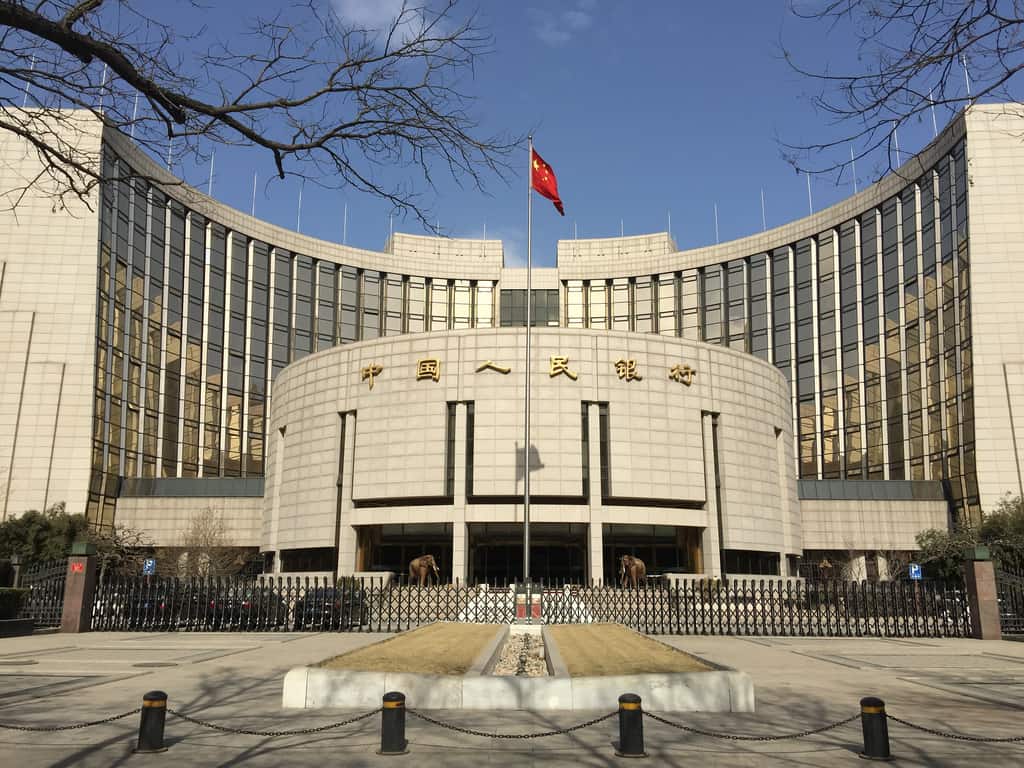The latest monetary policy execution report from the Chinese central bank has removed use of the term “neutral” in relation to monetary policy, while senior officials have also reiterated that they will refrain from undertaking quantitative easing measures.
On 21 February the People’s Bank of China (PBOC) released its 2018 Fourth Quarter Chinese Monetary Policy Execution Report (2018年第四季度中国货币政策执行报告).
The execution report is the first to remove the term “neutral” (中性) with regard to monetary policy, marking a departure from the long-standing formula of “stable and neutral monetary policy” (稳健中性的货币政策) so commonly used by the Chinese central bank in the past.
In its 2018 3rd Quarter execution report PBOC said it would “uphold stable and neutral monetary policy, further clear out monetary policy transmission channels, and continue to strengthen policy preparation and coordination.”
The 2018 Q4 execution report makes reference to the need to both prevent risk triggered by excessively tight monetary conditions, as well as the need to prevent exacerbation of distortions and the ongoing accumulation of risk as a result of “flood-style irrigation.”
Column 5 (专栏5) of the report also states that “continuing to implement steady monetary policy does not mean that monetary conditions will be maintained unchanged.”
“They instead require dynamic optimisation and counter-cylical adjustment based on changing and developing circumstances and appropriately ironing out cyclical fluctuations in the economy.
“During upswings prevent economic overheating and inflation, during downturns resist economic decline and deflation.”
The release of the execution report coincides with PBOC’s launch of central bank bill swap (CBS) operations on 20 February, with a fee of 0.25%, a volume of 1.5 billion yuan and a maturity of 1 year.
PBOC hopes that CBS will help to shore up the liquidity of the perpetual bonds it’s just allowed Chinese commercial banks to sell as part of efforts to bolster their capital levels.
PBOC has taken pains to reiterate however that CBS do not comprise a form of quantitative easing.
“What must be pointed out is that CBS are not at all a form of quantitative easing, and there are fundamental distinctions between CBS and QE,” said Pan Gongsheng (潘功胜), PBOC deputy governor and head of the State Administration of Foreign Exchange (SAFE), at a forum held on 19 February.
Pan highlighted two key differences between CBS and QE:
- According to Pan the use of CBS involves “swapping instruments for instruments,” and does not entail any release of liquidity or any adjustments to the base money supply.
- CBS will not lead to a shift in the ownership rights and credit risk of perpetual bonds. Pan points out that perpetual bonds will still reside on the balance sheets of commercial banks, and that any interest will be earned by the holders of the bonds, which marks a fundamental difference to QE.


